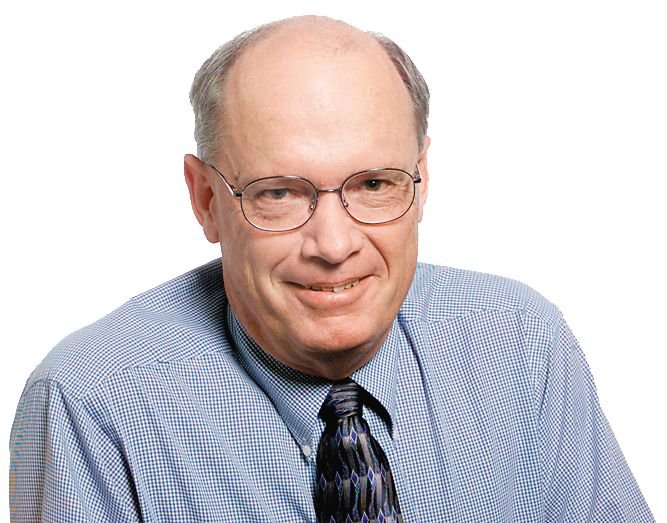For the local group BANANA (Build Absolutely Nothing Anywhere Near Anything), Monday morning’s transportation “listening session” will be better than going to Disneyland. An influential member of Congress will be in town. For the ankle biters, that’s like Disneyland coming to you! Surely they’ll be out in force at the 9 to 11 a.m. meeting at the Clark Public Utilities Building, 1200 Fort Vancouver Way.
The show’s headliner will be a man unknown to many Clark County residents until recently: John Mica. The Republican congressman from Florida chairs the House Transportation and Infrastructure Committee. He was invited here by U.S. Rep. Jaime Herrera Beutler, R-Camas, because the transportation reauthorization bill later this year will fund major infrastructure projects across the nation. Of course, the Columbia River Crossing is — or should be — high on that list.
To help you prepare for the listening session, I offer six lingering myths about replacing the Interstate 5 Bridge:
Myth No. 1: A third bridge would be better than replacing the old bridge.
Reality: This is fantasy for many reasons. The third-bridge idea was studied to death by experts smarter than you or I, and it was ruled out largely for environmental reasons. The BANANA brigade often forgets that a new bridge requires major corridors to and from the structure. A port-to-port third bridge would require a new traffic corridor through Vancouver, likely an elevated, hulking freeway over Mill Plain Boulevard. Vancouver officials would never allow that, nor should they.
Portland will never allow blazing a new freeway from West Vancouver southwest through the Tualatin Mountains and Forest Park to U.S. Highway 26. Ridgefield will never allow a freeway near a wildlife refuge. An upstream bridge at Southeast 192nd Avenue makes a little more sense, but remember: The problem at hand is an outdated, congested and dangerous bridge that has about one bridge lift daily stopping traffic on an interstate highway. Even if we built a third bridge tonight and cut the ribbon tomorrow, wherever that might be, the original problem remains unsolved. We’d still have an outdated, congested and dangerous bridge with bridge lifts stopping traffic on Interstate 5.
Myth No. 2: Let the federal government pay for the bridge. After all, it’s an interstate highway.
Reality: As I noted two weeks ago, two-thirds of the traffic on the bridge is local, and yet the local contribution to funding a new bridge will be only one-third of the cost. Pretty good deal.
Myth No. 3: Tolls are bad! Ptui! Ptui! Totally unacceptable!
Reality: That’s half-right. Tolls are bad, but they’re better than any other source of local funding. Besides, much of this “local” contribution would be paid by visitors and through travelers.
Myth No. 4: The cost of our new bridge should be close to the cost of the new I-35W Bridge in Minneapolis ($234 million) and the Hoover Dam Bypass Bridge ($240 million).
Reality: Apples and oranges. The CRC project is five miles long, with seven interchanges, a light rail extension and massive accommodations for road, rail, port and marine traffic, plus manifold demands of two airports and multiple island shopping areas.
Myth No. 5: Light rail is bad! Ptui!
Reality: Last week U.S. Transportation Secretary Ray LaHood said Portland has “a world-class light rail system.” Granted, TriMet and the MAX lines have problems; not the least is a labor dispute. But also last week, U.S. News ranked TriMet No. 1 among America’s public transit systems, ahead of New York, Boston, San Francisco, Los Angeles, Denver and others.
Myth No. 6: Light rail costs too much and has low ridership.
Reality: There was a time when fewer than 2 percent of travelers drove cars, and the BANANA brigade back then insisted that dirt roads were cheaper. Fortunately, visionary leaders paved roads anyway because they were thinking ahead. Light rail is not about us, and it’s not about 2011. It’s about our grandchildren’s grandchildren in 2111.
Here’s hoping Monday’s listening session goes well and that objective data and scientific findings hold more sway than anger and obstructionism. Just guessing here, but the maddest and the loudest people in the room might not be the smartest.
John Laird is The Columbian’s editorial page editor. His column of personal opinion appears each Sunday. Reach him at john.laird@columbian.com.



